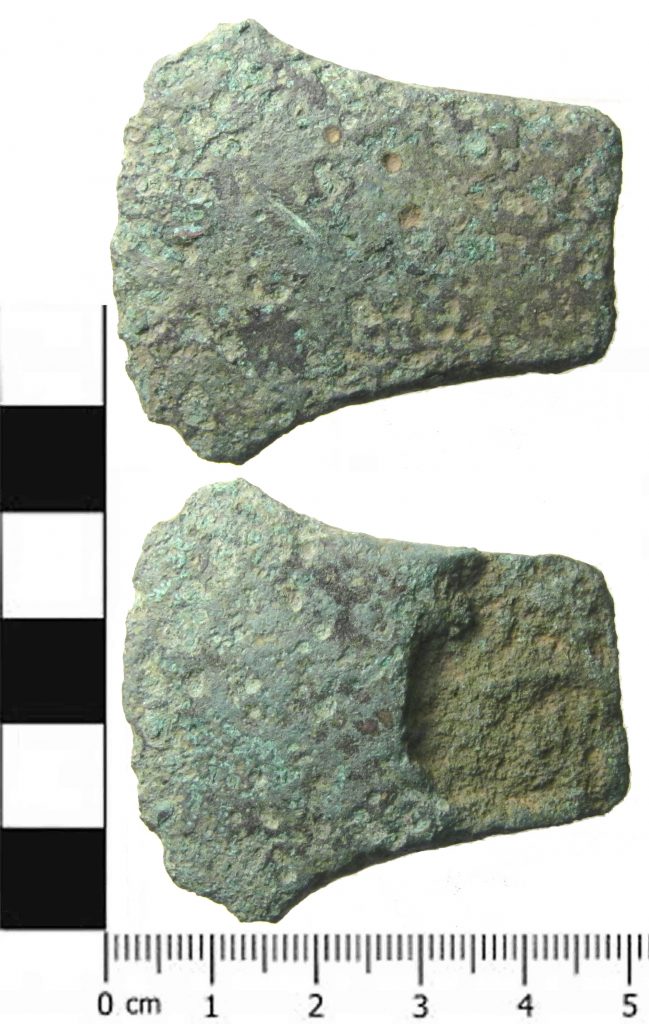There is not a huge amount of information from Green Hammerton for the period pre-dating the 8th Century BC. However in the wider area, there is much more evidence of prehistoric activity.
There has been settlement in the Vale of York since prehistoric times due to York’s geographical location at the confluence of two rivers, and in the largest river valley in northern England. It also has access via the river to the sea (Radley 1974 page 10 -22).
A little closer to GH, we have Bronze Age burial mounds just a few minutes to the north at Little Ouseburn, and possibly even a Neolithic henge just next door in Kirk Hammerton. The henge is a recent and exciting new discovery by YAA mapping and work is going on to understand more about it and it’s place in the wider landscape of Neolithic henges across North Yorkshire.
Within Green Hammerton, we have a couple of finds dating to the pre-Iron Age. During an excavation prior to the Redrow Housing estate being built, a single worked flint flake was found. It measured 37mm x 23mm x 5mm, and had been used in a uni-directional manner (like a knife) to cut hard, organic material, possibly grains. It had been knapped using a hard hammer stone. Though the form of this flake suggests a Neolithic or Bronze Age date, the remained of the Redrow dig was very much suggestive of an Iron Age date.
One last interesting fact about the flake was the flint itself. The flint used is characteristic of flint from the Yorkshire and Lincolnshire Wolds. So unless there is a previously unknown source of flint close by, this material, or the worked flake, had been transported some 35-50 miles.

The final item we have from pre-Iron Age is this Bronze Age axehead, which is part of the PAS database.
It’s made from copper alloy, and dates from around the early Bronze Age (2150BC-1500BC). As you can see from the picture, only the cutting edge has survived as the axe is broken across the middle. The break is ancient.
